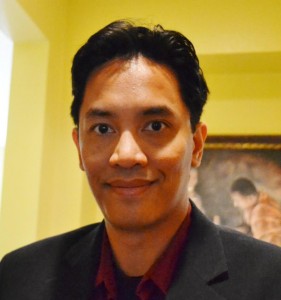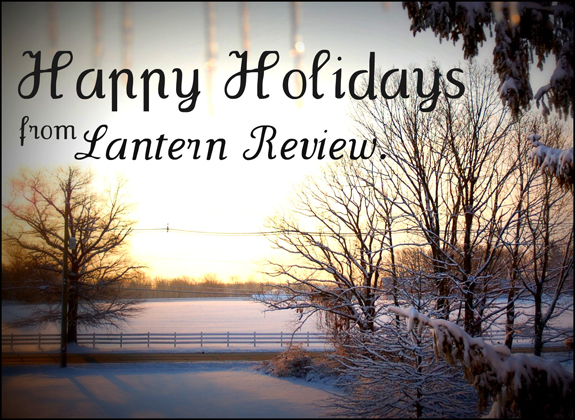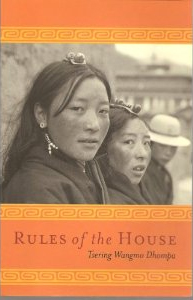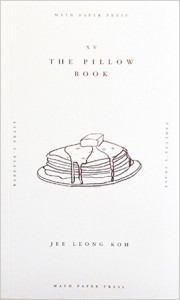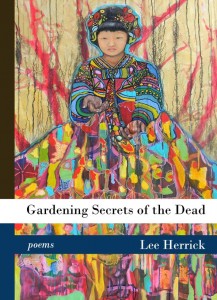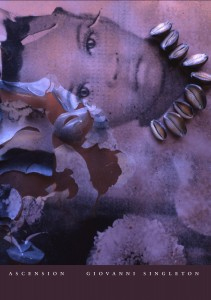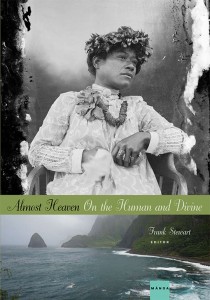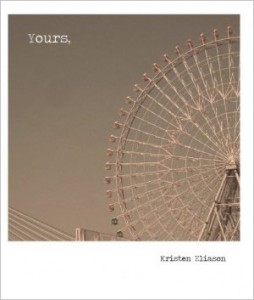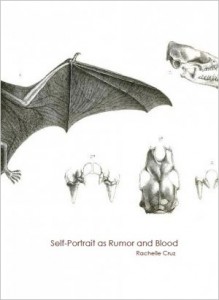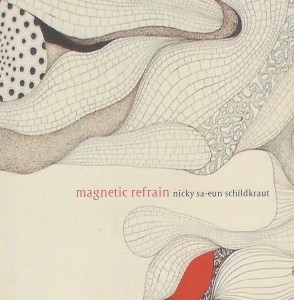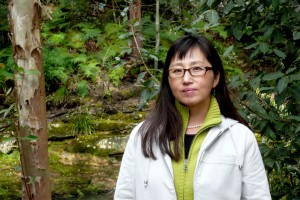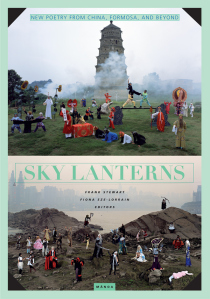
It’s been a cold winter here in Lexington: week after week of ice storms, snow, freezing rain, and temperatures frequently hovering at or below freezing. When I lived in Indiana, this kind of weather was par for the course, but here in Kentucky, it’s the kind of weather that seems to make everybody (including me) want to retreat deep into bunker mode, to hole up with blankets and space heaters and wait out the long freeze with a big mug of tea and several seasons’ worth of TV shows. So whenever we are granted a momentary reprieve from the ice and frigid wind, all of us, it seems, just have to get out and enjoy the sun. Last Wednesday, in the gap between two back-to-back snow storms, the weather inexplicably skyrocketed to a balmy 70 degrees, so I decided to take advantage of the warmth and walked to the bank during my lunch break. Everything outside seemed blowsy and beautiful, and although I knew that the mild spell would not last for long (another cold front rolled in the very next day), I momentarily had the sense of time lengthening, as if the sun and warmth, now that it had come, would stretch out forever.
In one of my favorite poems of Denise Levertov’s, “Love Song,” the poet writes of the way in which our appreciation of beautiful things is often accompanied by a sense of reverence for their “length”: the way in which their beauty seems far-reaching and robust, so that we are caught in the lingering spell of its echo even after it has faded from immediate view. Writes Levertov:
Your beauty, which I lost sight of once
for a long time, is long,
not symmetrical, and wears
the earth colors that make me see it.A long beauty, what is that?
A song
that can be sung over and over,
long notes or long bones.
I love how Levertov makes use of a single parameter—in this case, that of scale, or length—to create an overarching conceit that directs, and indeed elevates, the whole of her poem. Length becomes a centering imagistic motif, a node of almost liturgical repetition, even a sonic intervention in which the consonance of the repeated “o”s in the poem masterfully open up its soundscape so that it gives the impression of vast boundlessness, belying the deceptively simple syntax. The motif of length stretches the poem out, across time, space, the page, and ultimately, we the readers find ourselves savoring the slow, warm loveliness of its own “long” beauty.
Prompt: write a poem that employs the concept of scale (either “length” or “brevity”) as its primary conceit. Try writing a poem that expresses enormity, extension, boundlessness, or try writing one that attempts to make itself as miniscule or microscopic as possible. Experiment with “scale” in the poem’s form and sonic structure, as well as in its imagery: try using one-word lines, or try extending your lines across multiple pages; write in short, clipped syntax, or stretch the sounds of your words out with long tangles of consonants or round, open vowel sounds.


